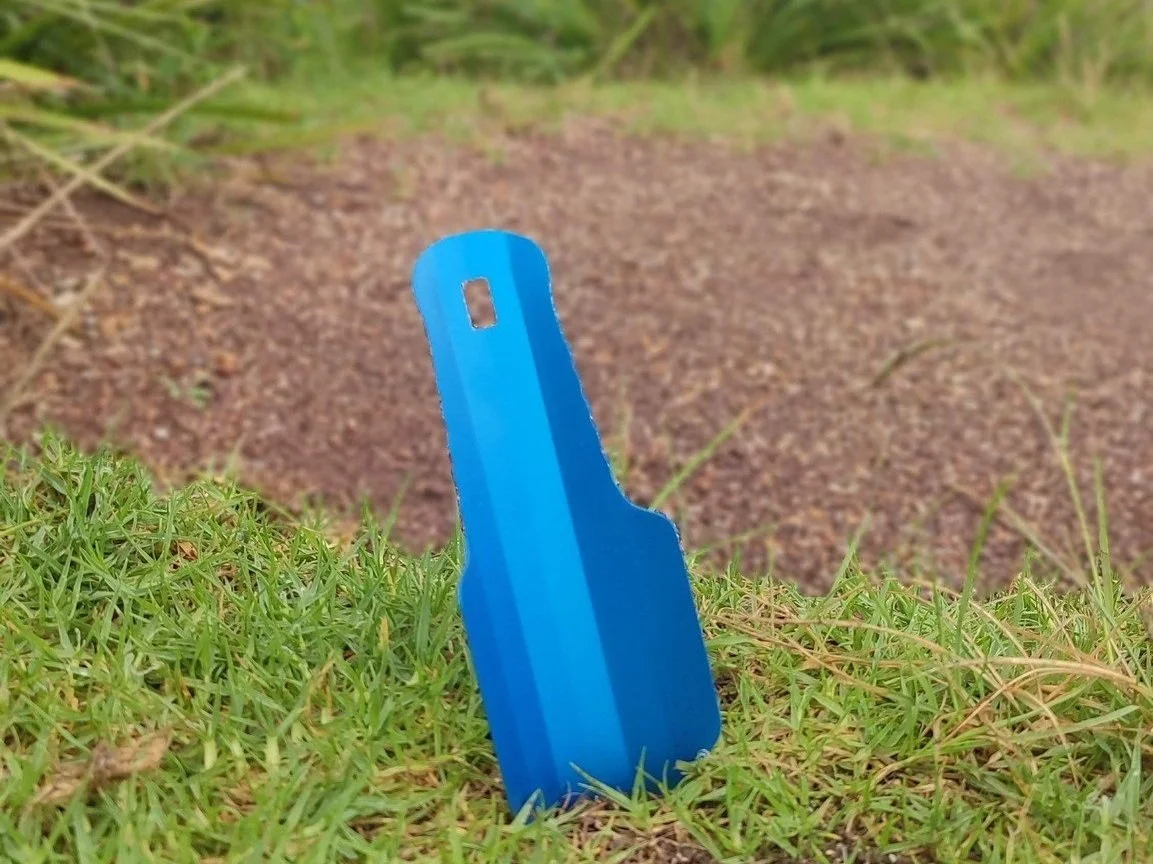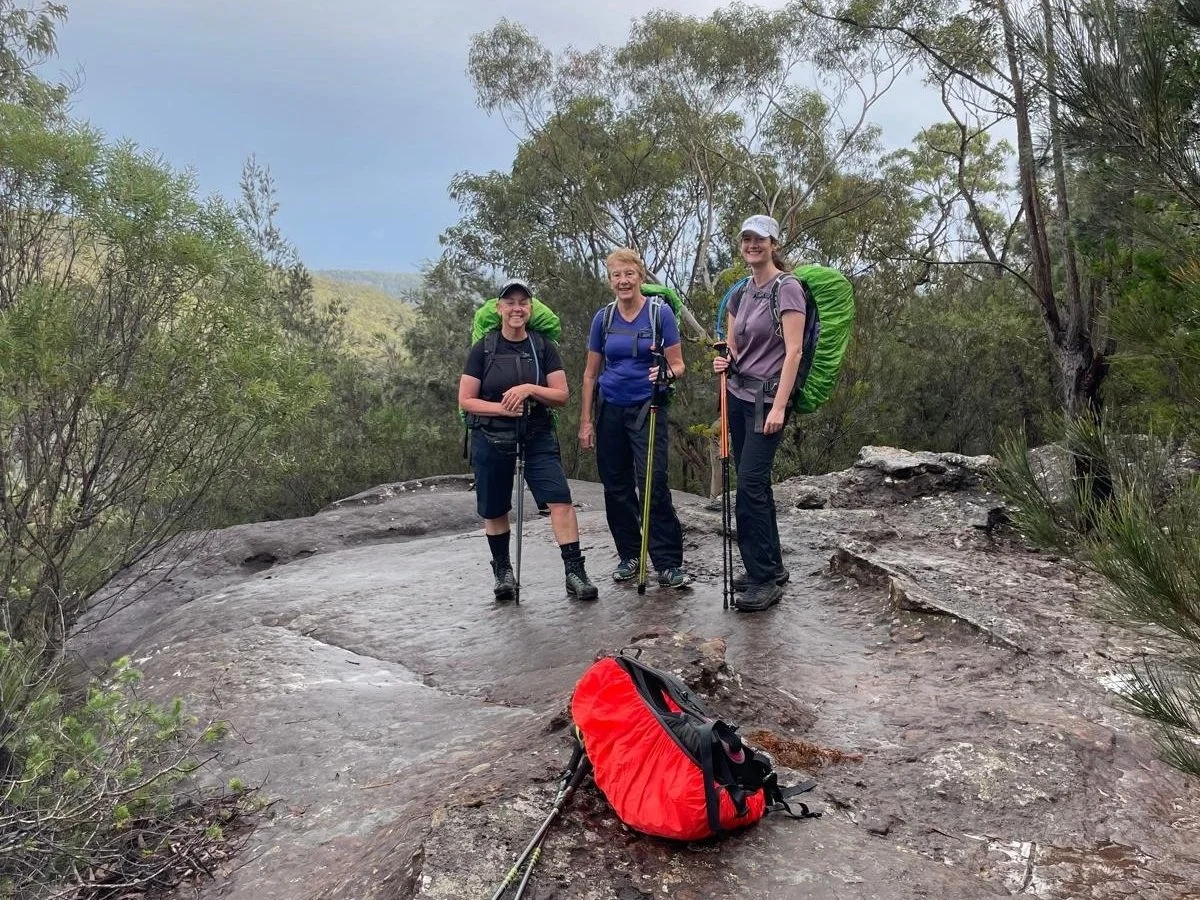Leaving no trace: A set of principles to guide us
You’ll often come across—sometimes passionate—debates about the impact of social media on the outdoors. From influencers geotagging once-hidden locations and contributing to overcrowding, to differing views on how much development is appropriate on a trail, and ongoing conversations around equitable access and inclusivity in natural spaces.
Since COVID there are more and more people enjoying the outdoors, meaning that education on sustainable, ethical and respectful use of and interaction with the wilderness is more important than ever.
The Leave No Trace movement started in the mid-20th century in the United States in response to ecological damage caused by wilderness recreation, which at the time was due to social and technological changes.
While there are seven “official” Leave No Trace principles, it is not a set of hard rules. It’s a guiding ethos—a lens through which we can approach all our interactions with the natural world. To place it in an Australian context, it is part of our responsibility to care for country so that it can care for those who will come after us (whether that is the next generation or our fellow hikers who may enjoy the same track tomorrow). We all set out with good intentions and by practicing Leave No Trace we can minimise any inadvertent or unintentional (and often unconscious) damage we may cause.
1/ Prepare
Research the area you want to visit and be ready for the environment you will be in. For example, will there be access to water, what facilities are at campsites, and what regulations apply. Some destinations such as Kosciuszko NP allow “free” camping however there are restrictions on how far you need to be from water sources. Because it is such a sensitive environment you will also need to be prepared to pack and carry your waste out (HERE is a helpful video). In Tasmania you may be allowed to use the huts along the track. By contrast, in the ACT, you are not allowed to camp within 20m of the huts. There are also regulations which apply if you are walking in a water catchment area.
One of the easiest things you can do to pay respect to the place you are in is to learn about it.
3/ Stick to the track
What is the impact of a footprint? And what is the harm in just going around that puddle?
Every time I see a puddle on the track, I hear the voice of our guide on South Coast Track a few years ago, telling me to “just go through the middle”. At the end of the day, if you want to stay clean and dry, hiking the South Coast track is probably not for you.
A puddle has usually formed in that spot because it is a track and because the area has been tracked out and eroded. If people don't stick to the track and try to avoid the mud or puddle, the area will get tracked out and eroded even further.
If there is a boardwalk constructed, make sure you stay on it. It has been constructed to protect a sensitive environment or simply because of the high traffic the area already receives. You don't want to trample the sensitive moss.
If you are walking off track, spread out rather than walking in single file, to minimise damage and tracking out the area.
4/ Dispose of waste properly
How many times have you seen tissues or mandarin skin on the side of a track? The approach of “it’s natural, so it’ll disintegrate/decompose” is no longer accepted. The basic principle which applies today is “pack it in, pack it out”. Even if it’s organic, it probably doesn’t belong there. The two big ones are, of course, wee/poop and food waste.
If you are in an area where there are no toilets there are easy ways to minimise your impact when it comes to toileting:
● Here is a video by Coach Jo on how to pack out your poops. Alternatively,
● Dig a 15 cm hole, minimum 100m from any water source. When you are finished, pop your tissue in the hole, fill it in with dirt and place a rock on top of it.
● For wees, carry a zip lock bag with tissue and hand sanitiser in it. When you are finished simply place your tissue in the zip lock bag, sanitise and take the whole thing with you.
Also, please don’t use soap or detergent in water sources—they contain chemicals that don’t belong in our natural ecosystems. If you must use soap, find a natural soap - there are many options out there these days.
4/ Leave what you find and take away only memories
What we see around us was here before us and, it will hopefully be here after us. It is our responsibility to care for it and treat it with respect. Don’t take souvenirs.
Help protect the areas you hike in by washing your gear regularly and between visits to different environments to stop the spread of bacteria and viruses.
5/ Campfires
Always check fire restrictions before you set out. You must comply with these. If you are allowed to have a fire only use pits provided and never scavenge wood from the area (this is not permitted in National Parks).
6/ Keep wildlife wild
Respect the wildlife and give it distance. Protect your food (and gear!), especially at night by:
● Ensuring there are no food scraps around your tent.
● Place all food in airtight containers or ziplock bag and place them inside your backpack and inside your tent.
● Use any rodent-proof boxes which may be provided.
7/ Be aware of your personal impact on the environment and on others around you
Hiking is a very low impact outdoor activity but there is still an impact. It is important to have respect for country and others, like the wishes of private land-owners, who may be allowing access through their land, indigenous people and other hikers/campers. A few simple steps you can take are:
● Always close farm gates.
● Don’t camp/climb/walk through areas which are considered sacred.
● Be mindful of how much space you take at campsites and watch the noise levels.
8/ Be present in the time and place you are in
We all have different reasons for hiking. Take a moment and think about your “why”. What is that deep reason you hear the call of the trails?
Practicing Leave No Trace isn’t about perfection; it’s about intention. It’s about walking gently, thinking ahead, and remembering that our presence leaves a mark, whether we mean it to or not.



